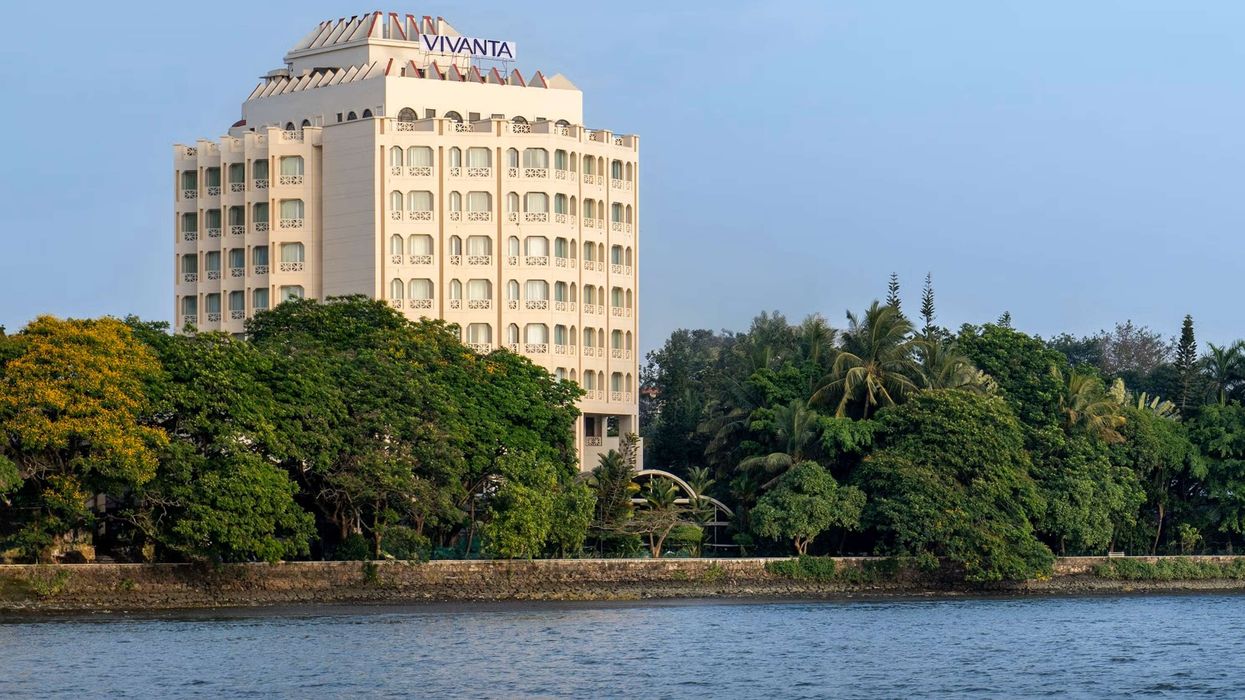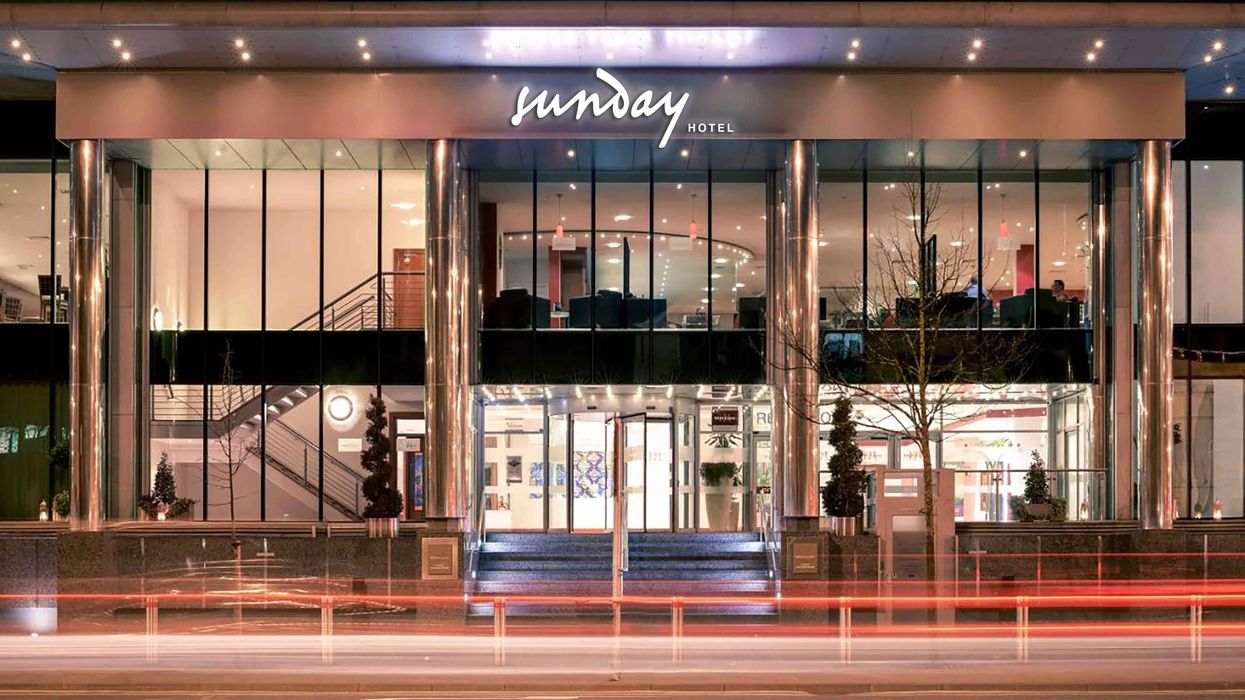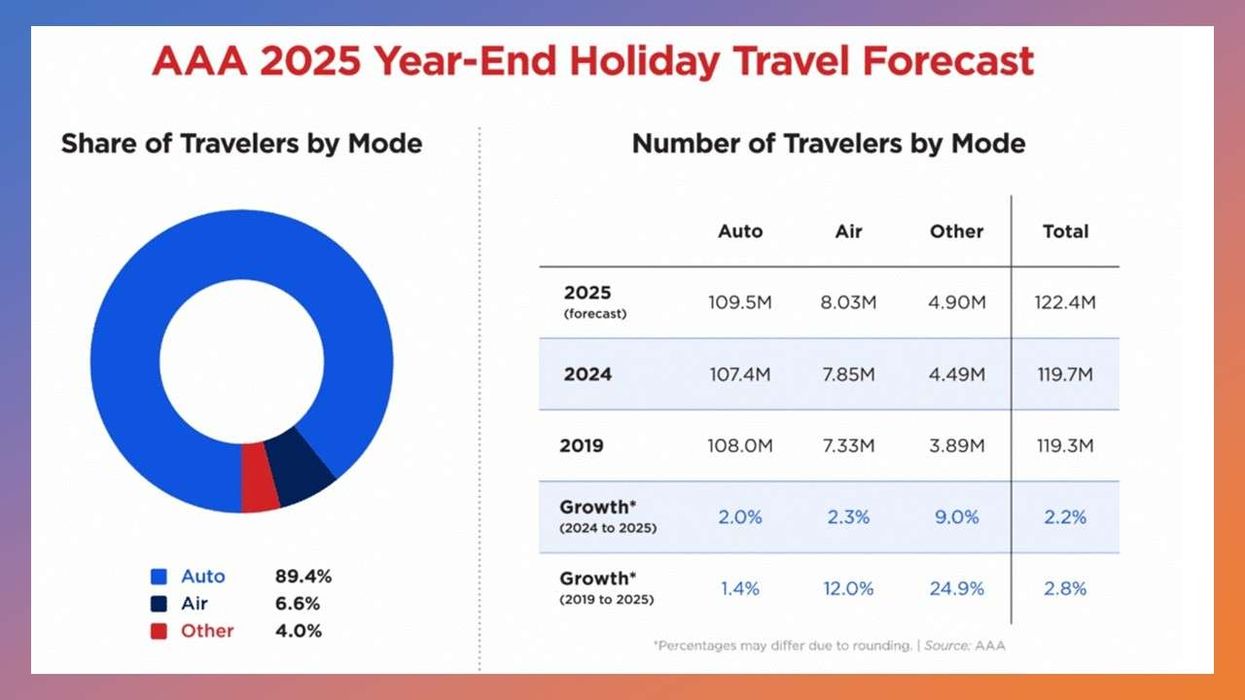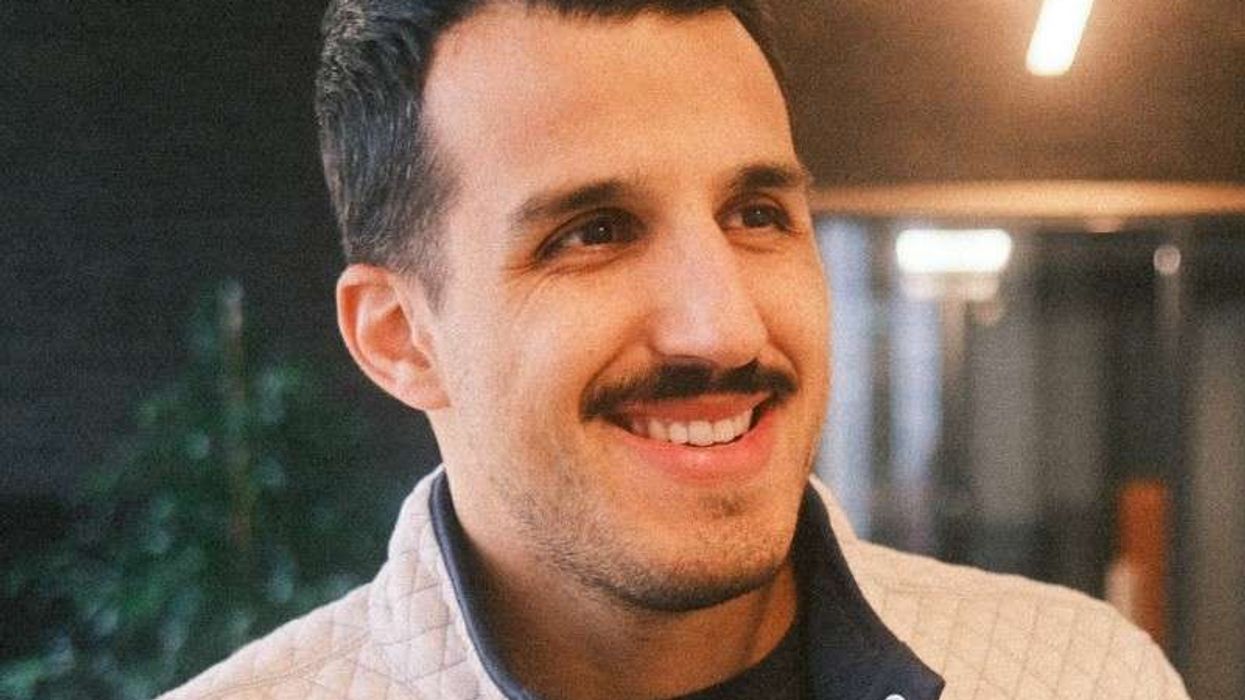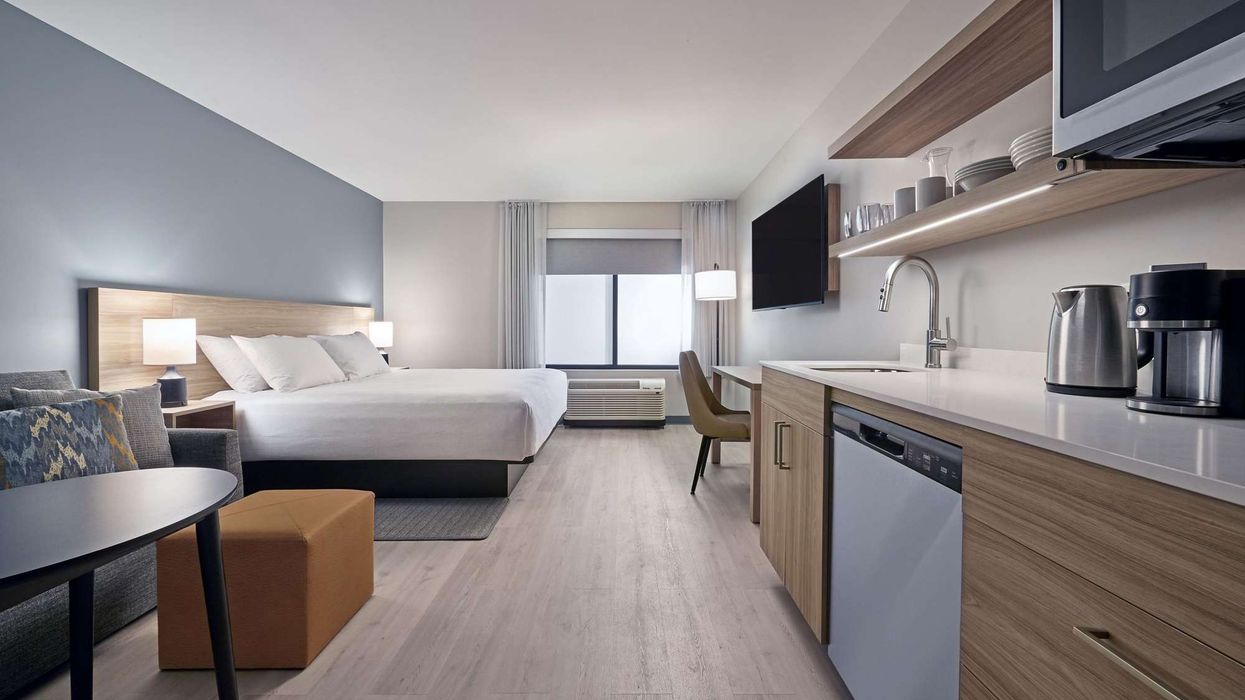Summary:
- India’s hotel demand is expected to outpace supply over the next three years, ICRA reported.
- Premium hotel room additions are forecast to grow 5 to 6 percent CAGR through 2027–28.
- Tier-II and tier-III cities are drawing similar interest as tier-I cities.
HOTEL DEMAND IN India is expected to outpace supply over the next three years, according to rating agency ICRA. This imbalance supports pricing and occupancy in the hospitality sector.
The Indian hospitality industry recorded three years of double-digit revenue growth from 2022–23 to 2024–25, with momentum continuing in the current fiscal year, ANI reported, citing ICRA.
The agency forecasts a 5 to 6 percent CAGR in premium hotel room additions from 2024–25 to 2027–28, while demand is expected to grow 8 to 10 percent, based on its inventory database. Occupancy in premium hotels is projected to rise 200 basis points to 72 to 74 percent and average room rates to $93 to 96 or Rs 8,200 to 8,500 in 2025–26, 3 to 6 percent above the previous year.
"India's annual premium hotel room inventory across 12 major cities crossed 100,000 rooms in 2022–23 and is expected to reach 120,000 rooms in the next fiscal year,” said Srikumar Krishnamurthy, ICRA’s senior vice president and co-group head of corporate ratings. “Demand growth is expected to continue to outpace supply additions over the next three years."
ICRA said that premium hotel additions are spread across tier-I and tier-II/III cities, due to growing acceptance of the latter and space constraints in the former. Strong demand and improved earnings continue to drive investments in supply additions and room upgrades.
The report highlighted that tier-II and tier-III cities are attracting similar interest as tier-I cities, as travellers explore new leisure destinations and spiritual tourism grows. Supply additions in tier-I cities are limited by land availability and costs, shifting focus to alternative markets and suburbs.
Spreading supply additions across markets reduces the risk of concentration and surplus in select areas, supporting the ongoing upcycle. Tier-I supply is unlikely to meet rising demand, while tier-II and tier-III cities remain underpenetrated even with planned additions.
Segments such as airport hotels and spiritual tourism are growing, with 2,000 to 2,500 premium rooms in the pipeline for each, about 10 to 15 percent of total premium supply. Airport hotels are mainly in Delhi and Mumbai, while spiritual tourism attracts visitors to sites such as Ayodhya, Varanasi, Tirupati, Bodh Gaya, Rishikesh and Prayagraj.
Rising disposable incomes and more travellers seeking premium experiences are driving demand for hotels, restaurants and infrastructure at spiritual sites, prompting larger chains to expand premium inventory.
ICRA maintains a stable outlook on the Indian hospitality industry, forecasting operating margins of 34 to 36 percent in 2025–26, similar to 35.8 percent in 2024–25, supported by cost control and asset-light expansion.
A Hotelivate report showed India’s branded hotels recorded 68 percent occupancy, an ADR of $102 and a RevPAR of $69 in 2024–25. Combined performance in Mumbai, Delhi, Bengaluru and Hyderabad saw an 8.3 percent rise in ADR and a 12.1 percent increase in RevPAR.
